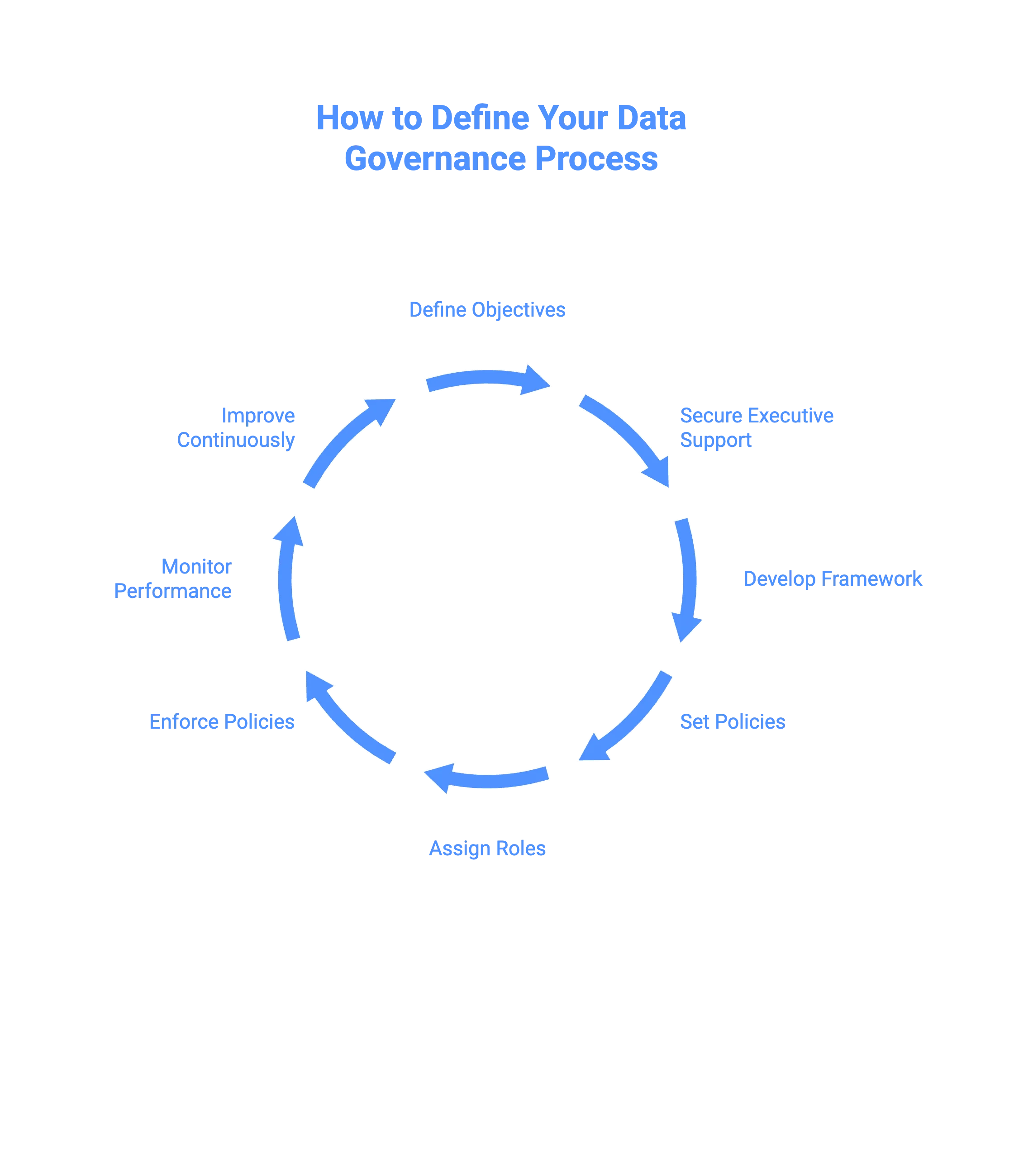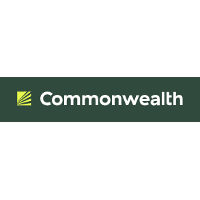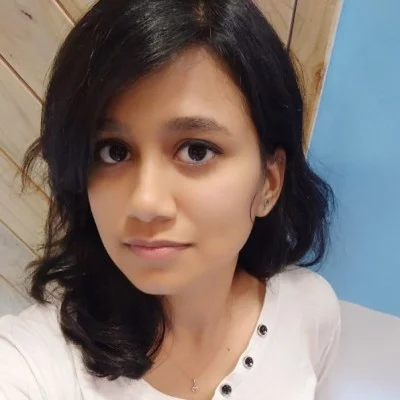How to Craft Your Data Governance Process in 8 Steps [2025 Guide]
What are the key organizational elements to ensure the success of your data governance process?
Permalink to “What are the key organizational elements to ensure the success of your data governance process?”Summarize and analyze this article with 👉 🔮 Google AI Mode or 💬 ChatGPT or 🔍 Perplexity or 🤖 Claude or 🐦 Grok (X) .
A successful data governance process requires clear organizational structures to oversee, guide, and enforce governance practices across the enterprise.
Three primary components form the backbone of this structure:
- A data management office (DMO)
- Domain owners
- A data council
A data management office (DMO)
Permalink to “A data management office (DMO)”The DMO provides centralized oversight and accountability for all governance initiatives. It coordinates activities across teams, ensures alignment with business goals, and manages day-to-day governance operations.
Domain owners
Permalink to “Domain owners”Domain owners are responsible for the quality, security, and usability of data within their respective business domains. They act as subject matter experts, ensuring that governance policies and standards are applied consistently in their area.
A data council
Permalink to “A data council”The data council is typically composed of senior leaders from business and technology teams. It sets the strategic direction for governance, resolves conflicts, approves policies, and ensures governance aligns with regulatory and organizational priorities.
Within this organizational structure, your governance process must address the following core elements to be effective:
- Data quality: Ensuring data is accurate, complete, consistent, and reliable for decision-making.
- Data security: Protecting data from unauthorized access, misuse, or modification.
- Data privacy: Safeguarding individuals’ personal information in line with ethical and legal requirements.
- Regulatory compliance: Meeting applicable privacy regulations and industry standards.
- Data lifecycle management: Managing data from creation to disposal, including its storage, usage, and archiving.
By establishing clear governance bodies and aligning them to these key elements, organizations can create a governance process that balances business needs with compliance and operational efficiency.
How to define a data governance process in 8 steps
Permalink to “How to define a data governance process in 8 steps”A well-defined data governance process provides structure, accountability, and enforcement across the organization.
Below are the key steps involved in defining a solid data governance process:
- Define objectives and scope
- Secure executive support
- Establish a governance framework
- Develop policies and standards
- Define roles and responsibilities
- Implement policies and enforcement
- Monitoring and evaluation
- Continuous improvement
1. Define objectives and scope
Permalink to “1. Define objectives and scope”According to DGI, your data governance processes should account for regulatory and compliance requirements across Data Management, Privacy, Security, and Access Management.
So, clarify the purpose and define the scope to cover:
- Business goals and specific data-related needs that the governance process will address.
- Identify which data domains, systems, and users will be included.
- Define clear objectives for data quality, security, accessibility, compliance, etc.
2. Secure executive support
Permalink to “2. Secure executive support”Governance programs fail without sponsorship. Gain buy-in from executive leadership to ensure governance priorities are aligned with business goals and backed with funding and authority.
3. Establish a governance framework
Permalink to “3. Establish a governance framework”Your framework defines the organizational structure for governance. This includes decision-making processes, escalation paths, and accountability mechanisms.
There are a number of pre-existing models you can use as models for your own data governance framework.
Pre-existing models (like DAMA’s DMBOK2 or ISO/IEC 38505) can serve as blueprints. Some focus more on organizational structure, whereas others are more data-management-focused.
Your organization should start with the model that seems the best fit for your culture and evolve it over time.
4. Develop policies and standards
Permalink to “4. Develop policies and standards”Create data governance policies that address access, usage, quality, integrity, and integration.
Complement them with data standards, such as:
- Defining common formats for data such as dates
- Conforming to international standards for data representation
- Cleaning data to convert it to common formats
- Using z-scores instead of raw data
5. Define roles and responsibilities
Permalink to “5. Define roles and responsibilities”The key roles of data governance teams should include key roles, such as:
- Data admins: Accountable for governance enforcement and model integrity.
- Data stewards: Standardize definitions and policies across business and IT.
- Data custodians: Ensure secure storage, movement, and access.
- Data users: Apply governed data to daily decisions and workflows.
6. Implement policies and enforcement
Permalink to “6. Implement policies and enforcement”Embed policies into workflows through automation and modern tools. Examples include:
- Access control platforms to enforce data usage rules.
- Data catalogs to standardize metadata and tagging.
- PII detection tools to automatically identify and redact sensitive data.
- DataOps pipelines for agile governance deployment.
It’s vital to weave automation into the fabric of data governance, as it ensures policies aren’t just static documents, but continuously enforced.
7. Monitoring and evaluation
Permalink to “7. Monitoring and evaluation”Continuously monitor the effectiveness of the data governance process. Track key performance indicators (KPIs) related to data quality, security, and compliance.
Regularly evaluate the process and make necessary adjustments to improve its effectiveness.
8. Continuous improvement
Permalink to “8. Continuous improvement”Identify areas for improvement based on monitoring and evaluation results. Implement changes to policies, standards, or processes to enhance the overall effectiveness.
Foster a culture of data governance throughout the organization so governance becomes an embedded, ongoing practice rather than a one-time initiative.

Defining a data governance process in 8 steps. Image by Atlan.
What are the biggest challenges in adopting a data governance process?
Permalink to “What are the biggest challenges in adopting a data governance process?”Several factors can hinder the successful adoption of a process:
- Data silos and tribal knowledge: The rapid pace of technology can foster the creation of silos and team-specific knowledge. Many teams may be reluctant to move on from this because what they already have “works” for them.
- Process deviation: Teams may use their own tools and technologies outside of the standard defined processes. This leads to “shadow IT”, where teams are using software not supported by your company’s core Information Technology teams.
- Slow-moving processes: Teams are more likely to “do their own thing” if the processes required to ship a new data-based project are laborious and time-consuming.
- Technology stack: Legacy systems and fragmented data architectures can limit the ability to apply governance standards consistently. Without the right tooling and integration capabilities, enforcement and monitoring become patchy.
- AI readiness: With the rise of AI and machine learning, governance now needs to account for data transparency, explainability, and bias mitigation. Many organizations struggle to update their governance frameworks to ensure data feeding AI models is accurate, compliant, and trustworthy.
How do modern data teams ensure seamless implementation of their data governance processes?
Permalink to “How do modern data teams ensure seamless implementation of their data governance processes?”Modern data teams avoid governance slowdowns by adopting a metadata control plane — a central layer that connects people, processes, and tools across the data ecosystem.
Atlan is an example of such a unified control plane for data, metadata, and AI. Atlan automates policy enforcement, surfaces column-level lineage across systems, and enables collaboration across silos.
Instead of governance being a roadblock, such a control plane embeds policies directly into daily workflows. This ensures data quality, compliance, and AI readiness, while keeping governance invisible and seamless for business and technical teams alike.
Real stories from real customers: Automating and scaling data governance
Permalink to “Real stories from real customers: Automating and scaling data governance”
Implemented data governance processes using Atlan
“We worked with a consulting firm that helped map out a data maturity model journey. As part of that it was agreed that setting up a Data Governance program should be one of the first steps. We picked Atlan because of its UI. Within two clicks, people were exactly where they wanted to be.”
Kelsey Coffin, Senior Data Governance Manager
Commonwealth Financial Network
🎧 Listen to podcast: From spreadsheets to Commonwealth’s active metadata strategy
Join Data Leaders Scaling with Automated Policy Controls
Book a Personalized Demo →
One trusted home for every KPI and dashboard
“Contentsquare relies on Atlan to power its data governance and support Business Intelligence efforts. Otavio Leite Bastos, Global Data Governance Lead, explained, ‘Atlan is the home for every KPI and dashboard, making data simple and trustworthy.’ With Atlan’s integration with Monte Carlo, Contentsquare has improved data quality communication across stakeholders, ensuring effective governance across their entire data estate.”

Otavio Leite Bastos, Global Data Governance Lead
Contentsquare
🎧 Listen to podcast: Contentsquare’s Data Renaissance with Atlan
Ready to set up and scale your data governance process?
Permalink to “Ready to set up and scale your data governance process?”Defining a data governance process is only the first step. Scaling it across your organization is where the real impact lies.
You can’t have a data governance process without buy-in from your people and the right technology. With organizational support and a modern data stack, you can define an iterative, incremental data governance process that ensures you have the data you need to support your business.
Modern teams are turning to metadata control planes like Atlan to make governance effortless, embedding policies into daily workflows and ensuring data remains accurate, secure, and AI-ready.
Join Data Leaders Scaling with Automated Policy Controls
Book a Personalized Demo →FAQs about data governance process
Permalink to “FAQs about data governance process”What is a data governance process?
Permalink to “What is a data governance process?”A data governance process defines the policies, roles, and systems that regulate how data is managed across its lifecycle. It ensures data is accurate, secure, and available for business and compliance needs.
Who is responsible for managing the data governance process?
Permalink to “Who is responsible for managing the data governance process?”Key organizational bodies include a Data Management Office (DMO), domain owners, and a data council. Together, they set strategy, enforce policies, and ensure accountability.
What are the 8 core components of a data governance process?
Permalink to “What are the 8 core components of a data governance process?”The process is built on eight components:
- Objectives and scope
- Executive support
- Governance framework
- Policies and standards
- Roles and responsibilities
- Policy enforcement
- Monitoring and evaluation
- Continuous improvement
What are the biggest challenges in adopting data governance?
Permalink to “What are the biggest challenges in adopting data governance?”Common hurdles include data silos, shadow IT, slow-moving processes, fragmented technology stacks, and the need to adapt governance for AI transparency and compliance.
How can organizations monitor and improve their governance processes?
Permalink to “How can organizations monitor and improve their governance processes?”By tracking KPIs related to data quality, compliance, and security. Regular monitoring and continuous improvement ensure governance evolves with business needs.
What role does technology play in data governance process implementation?
Permalink to “What role does technology play in data governance process implementation?”Modern teams use metadata control planes, such as Atlan, to automate enforcement, surface lineage, and embed governance policies seamlessly into daily workflows.
Share this article
Atlan is the next-generation platform for data and AI governance. It is a control plane that stitches together a business's disparate data infrastructure, cataloging and enriching data with business context and security.
Data governance process: Related reads
Permalink to “Data governance process: Related reads”- Data Governance in Action: Community-Centered and Personalized
- Data Governance Framework — Examples, Templates, Standards, Best practices & How to Create One?
- Data Governance Tools: Importance, Key Capabilities, Trends, and Deployment Options
- Data Governance Tools Comparison: How to Select the Best
- Data Governance Tools Cost: What’s The Actual Price?
- Data Governance Process: Why Your Business Can’t Succeed Without It
- Data Governance and Compliance: Act of Checks & Balances
- Data Governance vs Data Compliance: Nah, They Aren’t The Same!
- Data Compliance Management: Concept, Components, Getting Started
- Data Governance for AI: Challenges & Best Practices
- A Guide to Gartner Data Governance Research: Market Guides, Hype Cycles, and Peer Reviews
- Gartner Data Governance Maturity Model: What It Is, How It Works
- Data Governance Roles and Responsibilities: A Round-Up
- Data Governance in Banking: Benefits, Implementation, Challenges, and Best Practices
- Data Governance Maturity Model: A Roadmap to Optimizing Your Data Initiatives and Driving Business Value
- Open Source Data Governance - 7 Best Tools to Consider in 2025
- Federated Data Governance: Principles, Benefits, Setup
- Data Governance Committee 101: When Do You Need One?
- Data Governance for Healthcare: Challenges, Benefits, Core Capabilities, and Implementation
- Data Governance in Hospitality: Challenges, Benefits, Core Capabilities, and Implementation
- 10 Steps to Achieve HIPAA Compliance With Data Governance
- Snowflake Data Governance — Features, Frameworks & Best practices
- Data Governance Policy: Examples, Templates & How to Write One
- 7 Best Practices for Data Governance to Follow in 2025
- Benefits of Data Governance: 4 Ways It Helps Build Great Data Teams
- Key Objectives of Data Governance: How Should You Think About Them?
- The 3 Principles of Data Governance: Pillars of a Modern Data Culture























